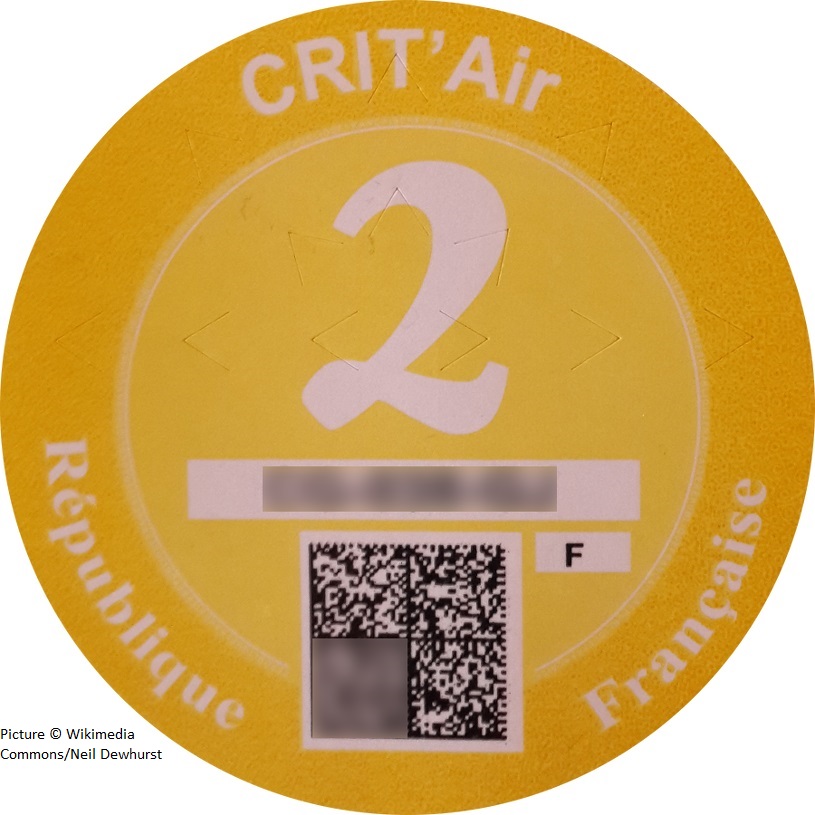You’re off on holiday, driving abroad so what do you need? Bikini body? Tick. Budgie smugglers? Tick. Blow-up Titanic? Tick. You should also consider treating your car to some TLC. But what about paperwork? This usually comes pretty low down on the list of priorities. Here’s what you need if you’re taking the car on a foreign adventure.
Driving licence
This should be full and valid. Usually your photocard should be sufficient. However, it’s always best to prepare for the worst. If you’re stopped by the police, or your car breaks down and you need to hire a substitute, you will need a check code so a third party can verify your detailed driving licence information. This takes seconds to generate and is valid for 21 days. Get one here. Currently an International Driving Permit is recognised but not required.
Insurance
Check your existing motor insurance policy, it may apply in Europe, it may not. If it doesn’t, you will be automatically covered up to third party. However, for comprehensive cover, contact your insurer. They will probably charge extra. It’s worth shopping around; you may find a European cover add-on cheaper from a third-party supplier.
Registration document
You need proof that either the car is yours, or whoever owns the car has given you permission to take it abroad. If the car is yours, the V5C registration document should suffice. Make sure you have the original with you.
If the car is owned by a lease or finance company, you need documentation to prove that you have permission to take it abroad. This comes in the form of VE103 and VE103B certificates. The former is proof that you’re allowed to use the vehicle abroad. The latter is a replacement for the original V5C and will come from whoever owns the car. You can get a VE103 from the following:
- British Vehicle Rental and Leasing Association (BVRLA)
- Freight Transport Association (FTA)
- RAC Motoring Services
- Road Haulage Association (RHA)
They cost £8 presuming you don’t need one quickly. Allow at least 14 days. Only buy from one of these services; others may charge you more.
Breakdown cover
Breaking down abroad can be an expensive business. If you need to bring a dead car back to the UK, it could cost the thick end of £2000 depending on how far you are from home. And if you break down on a motorway, you’ll be charged by the private motorway operator to recover your car. Prices start at £115 for this but the exact cost will depend on the size of your vehicle and time of day.
Buy European breakdown cover and if you get the right policy, it will cover you for conking out on a motorway (as long as you get a receipt); it should also pay for hotels and even hire cars so you can continue having a holiday while your car is fixed.

GB sticker
Your car must display a GB sticker. Many cars show them already with a GB within the European Union stars on the number plate. If yours doesn’t, buy a sticker. It’ll be cheaper than a fine from a stroppy copper.
Clean Air certificate

In order to be sure that vehicles comply with clean air regulations (like our low emissions zones), France demands that vehicles display a Crit’Air sticker (or vignette). These are coloured according to where your car sits in the Euro emissions standards. Find this out in your car’s user manual or from its manufacturer website.
Confusingly, at the moment, you only need a Crit’Air sticker if you’re travelling into some cities. They are (as of June 2019): Paris, Lyon, Grenoble, Lille, Stasbourg, Toulouse, Chambery, Marseilles.
You can apply for one of these certificates at the Crit’Air website here. They currently cost €3.62 plus €3.11 postage if you’re applying from outside France. Only buy one from the official website. There are unofficial websites selling them but you’ll pay over the odds, in some cases by up to eight times according to the AA.
- We wrote this while we’re still part of the European Union. Depending on whether we leave with a deal – or not – it will be rewritten.

I’ve been writing about cars and motoring for more than 25 years. My career started on a long-departed classic car weekly magazine called AutoClassic. I’ve since pitched up at Autosport, Auto Express, the News of the World, Sunday Times and most recently the Daily Telegraph. When I’m not writing about cars and motoring, I’m probably doing some kind of sport or working in my garden.







